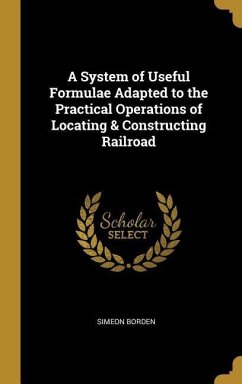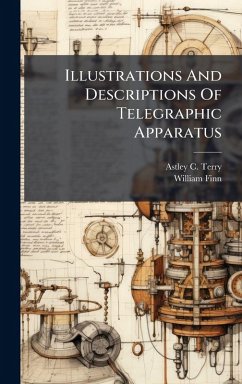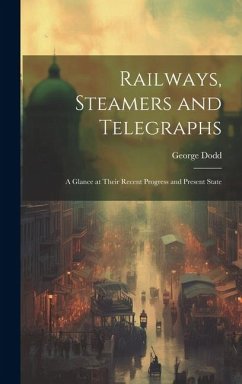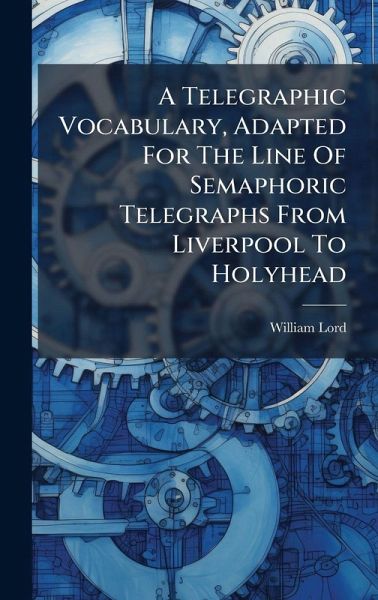
A Telegraphic Vocabulary, Adapted For The Line Of Semaphoric Telegraphs From Liverpool To Holyhead
Versandkostenfrei!
Versandfertig in über 4 Wochen
30,99 €
inkl. MwSt.

PAYBACK Punkte
15 °P sammeln!
"A Telegraphic Vocabulary" offers a fascinating glimpse into early communication technology. Adapted for the semaphore line between Liverpool and Holyhead, this vocabulary by William Lord (Lieut. R.N.) provides a practical guide to the use of telegraphic signaling. This book is invaluable for historians of technology, students of communication, and anyone interested in the history of maritime signaling. It showcases the ingenuity and innovation of the Victorian era. This work has been selected by scholars as being culturally important, and is part of the knowledge base of civilization as we kn...
"A Telegraphic Vocabulary" offers a fascinating glimpse into early communication technology. Adapted for the semaphore line between Liverpool and Holyhead, this vocabulary by William Lord (Lieut. R.N.) provides a practical guide to the use of telegraphic signaling. This book is invaluable for historians of technology, students of communication, and anyone interested in the history of maritime signaling. It showcases the ingenuity and innovation of the Victorian era. This work has been selected by scholars as being culturally important, and is part of the knowledge base of civilization as we know it. This work was reproduced from the original artifact, and remains as true to the original work as possible. Therefore, you will see the original copyright references, library stamps (as most of these works have been housed in our most important libraries around the world), and other notations in the work. This work is in the public domain in the United States of America, and possibly other nations. Within the United States, you may freely copy and distribute this work, as no entity (individual or corporate) has a copyright on the body of the work. As a reproduction of a historical artifact, this work may contain missing or blurred pages, poor pictures, errant marks, etc. Scholars believe, and we concur, that this work is important enough to be preserved, reproduced, and made generally available to the public. We appreciate your support of the preservation process, and thank you for being an important part of keeping this knowledge alive and relevant.



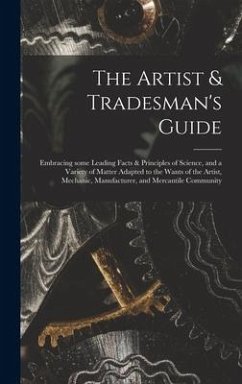

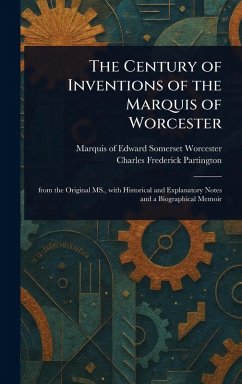
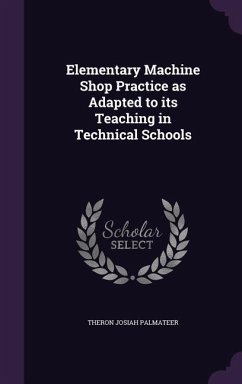
![The London Journal Of Arts And Sciences (and Repertory Of Patent Inventions) [afterw.] Newton's London Journal Of Arts And Sciences Cover The London Journal Of Arts And Sciences (and Repertory Of Patent Inventions) [afterw.] Newton's London Journal Of Arts And Sciences](https://bilder.buecher.de/produkte/75/75446/75446389n.jpg)
